What Makes a Chardonnay Dry and Buttery? | Rich White Wine
What Makes a Chardonnay Dry and Buttery? A Guide to This Rich White Wine
Casa Loce’s Opinion on What Makes Chardonnay Dry and Buttery
Chardonnay is one of those wines that range from crisp and bright to rich and buttery. At CasaLoce.com, we’re often asked why some of them have that creamy, full-bodied texture. It all comes down to the creation of these masterpieces. For us, a dry, buttery one feels like a warm hug—elegant and comforting. It pairs beautifully with creamy dishes or can be enjoyed on its own, showing how complex flavors can feel so simple and satisfying.
Key Takeaways
- Dryness results from the fermentation process, as yeast transforms grape sugar into alcohol, leaving behind little residual sweetness.
- The science behind its process gives it its signature buttery.
- Grapes' ripeness contributes to this buttery character.
- Oak aging offers its distinct buttery, vanilla, and spicy flavors, augmenting its overall richness.
- Climate warmth and soil type influence its flavor and body, adding to its characteristic dry, buttery profile.

Chardonnay's Unique Characteristics
Chardonnay, often referred to as the queen of white wines, is known for its diverse array of unique characteristics that captivate wine enthusiasts globally. These distinctive traits primarily come from two factors: its creation process and fruit ripeness.
Malolactic fermentation, a secondary method, contributes to its iconic creamy, buttery profile. In this process, the wine's tart malic acid is transformed into a softer, smoother lactic acid, similar to the creaminess found in milk. This conversion adds a rich, velvety texture and buttery note, giving it its depth and complexity.
On the other hand, fruit ripeness significantly impacts its flavor profile. Riper ones, deliver a fuller body, tropical fruit flavors, and lower acidity.
The Role of Terroir in Flavor
Terroir's unique environmental factors, especially where it grows, crucially shape its flavor. This influence of terroir yields diverse taste profiles due to the differing geography, climate, and soil composition.
Climate significantly influences terroir. Regions with warm climates yield ripe, full-bodied Chardonnays often described as buttery or creamy. Higher temperatures enable full ripening of grapes, leading to increased sugar content with less acidity.
Soil composition also impacts wine flavor. Those grown in limestone soils often exhibit distinct minerality, whereas those grown in clay soils typically have more body and richness.
Fermentation: Transforming Grapes Into Wine
Winemaking's magic truly comes alive in the fermentation process. This is the stage where grape juice, rich in sugar, morphs into the divine drink we adore as wine. Yeast selection performs a crucial role in this metamorphosis, with the chosen yeast type having a significant impact on the wine's final taste and aroma.
Temperature during fermentation also receives careful regulation, providing optimal conditions for yeast and affecting the process's speed and effectiveness.
Its fermentation incorporates another step: malolactic fermentation. This differs from primary fermentation, which yeast drives, as lactic acid bacteria perform it. These bacteria transform the wine's sharper malic acid into softer, smoother lactic acid, imparting the wine with its signature creamy, buttery texture.
Oak Aging: The Key to Buttery Taste
This process infuses it with a unique, buttery taste. It often involves oak barrels, which imbue the wine with a myriad of flavor compounds that enrich its creamy character.
This aging procedure affects not only taste, but also the texture and color of Chardonnay. Such changes result from chemical reactions between wine and wood that take place during this period. Malolactic fermentation can intensify this interaction, tempering it's tartness and adding an extra layer of complexity.
Enjoying and Pairing Buttery Chardonnay
Indulging in an opulent glass of buttery Chardonnay elevates culinary experiences, especially when harmonized with the right dishes. Notes of vanilla, caramel, and tropical fruits characterize this wine, making it a flexible companion to various food matches.
This full-bodied, rich Chardonnay confidently compliments robust, cream-laden dishes. Try it with creamy pasta or lobster bisque. Its buttery essence and touch of acidity balance the dish's richness, leading to a satisfying gastronomic encounter.
For lighter fare, grilled fish or chicken work well. Smoky flavors find a refreshing counterpoint in the wine's fruity notes.
Cheese enthusiasts will find Brie, Camembert, or Gruyere to be excellent companions. Their creamy, buttery textures echo the wine's traits, leading to a harmonious combination.
Frequently Asked Questions
Is Chardonnay a sweet or dry wine?
Chardonnay is typically a dry wine. However, it varies depending on the winemaking style and region.
Is Chardonnay a sparkling wine?
Chardonnay is not a sparkling wine. It is still white wine.
Is Chardonnay a high-end wine?
There are high-end Chardonnay wines available. However, it is also produced at various price points to cater to different budgets.
Is Chardonnay better than Pinot Grigio?
The preference between Chardonnay and Pinot Grigio is subjective. It also depends on individual taste preferences.
What kind of people drink chardonnay?
Chardonnay is popular among a wide range of people from casual drinkers to wine enthusiasts. It is due to its versatility and ability to pair well with a variety of foods.
Should Chardonnay be served chilled?
Chardonnay is best served chilled, typically between 45-55°F. This enhances its flavors and aromas.
What is the smoothest white wine?
The smoothest white wine is subjective to personal taste. However, Chardonnay is often praised for its smooth and rich texture.
What wine is the healthiest to drink?
In terms of health benefits, red wines are healthier. This is due to their higher antioxidant content.
Which is sweeter, Chardonnay or Moscato?
Moscato is generally sweeter than Chardonnay. It tends to be more dry with fruity notes.
Why is Chardonnay so popular?
Chardonnay's popularity is due to its wide availability, versatility, and ability. Winemakers crafted this wine into various styles to suit different preferences.
What is the king of all white wine?
Personal taste affects which wine owns the title of the "king of all white wines". However, numerous winelovers highly aprreciate Chardonnay.
Is Chardonnay very alcoholic?
Chardonnay typically has an alcohol content ranging from 13-15%. However, this varies based on the winemaker and region.
Join us for a look into our elegant approach to winemaking and gracious hospitality. We welcome our members and their guests by appointment only. Become a member or book an event by visiting CasaLoce.com
Casa Locé
Upper Ojai California
10065 N Ojai Rd, Ojai, CA 93023
https://maps.app.goo.gl/E7YQCnXAFHq1bKz46




